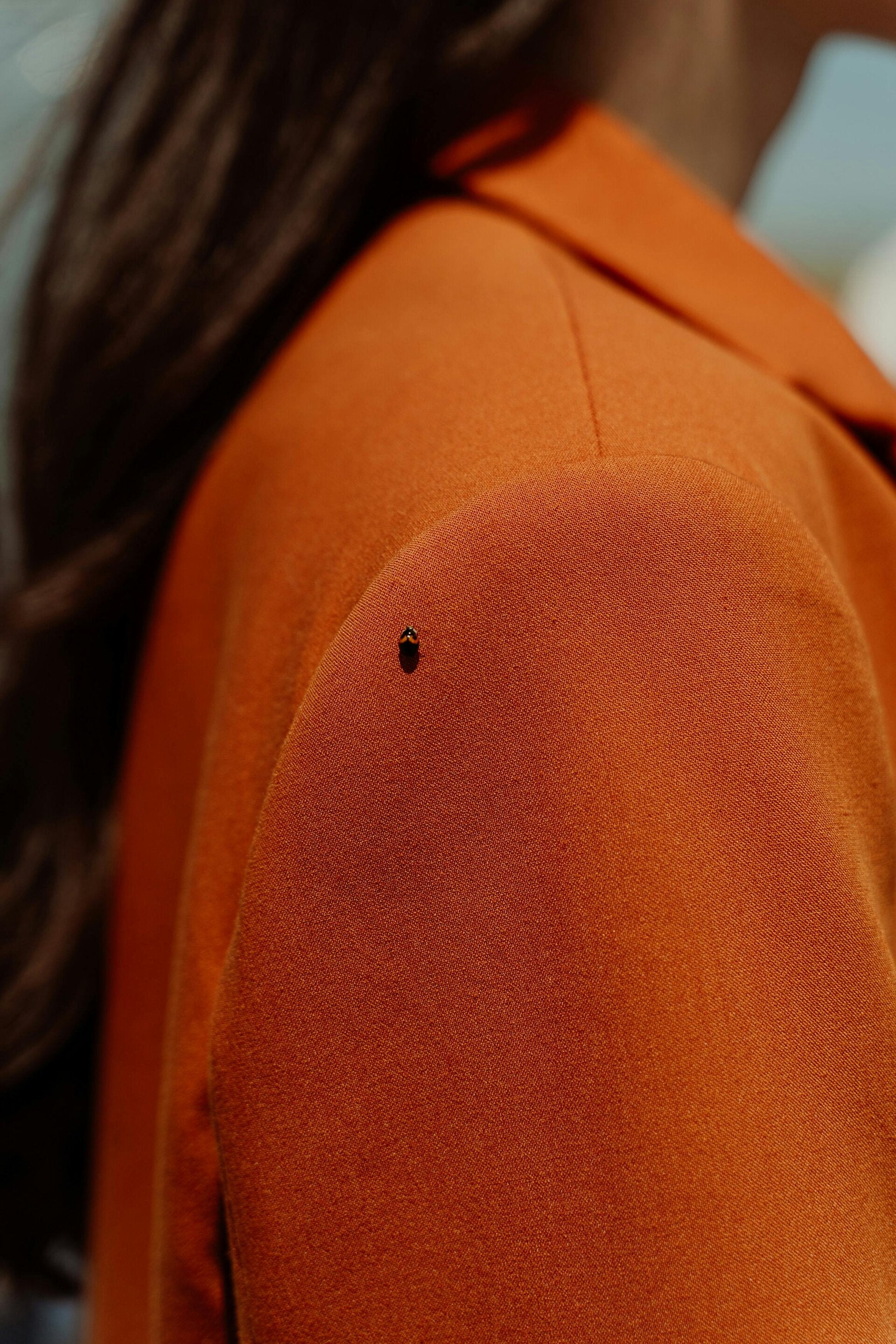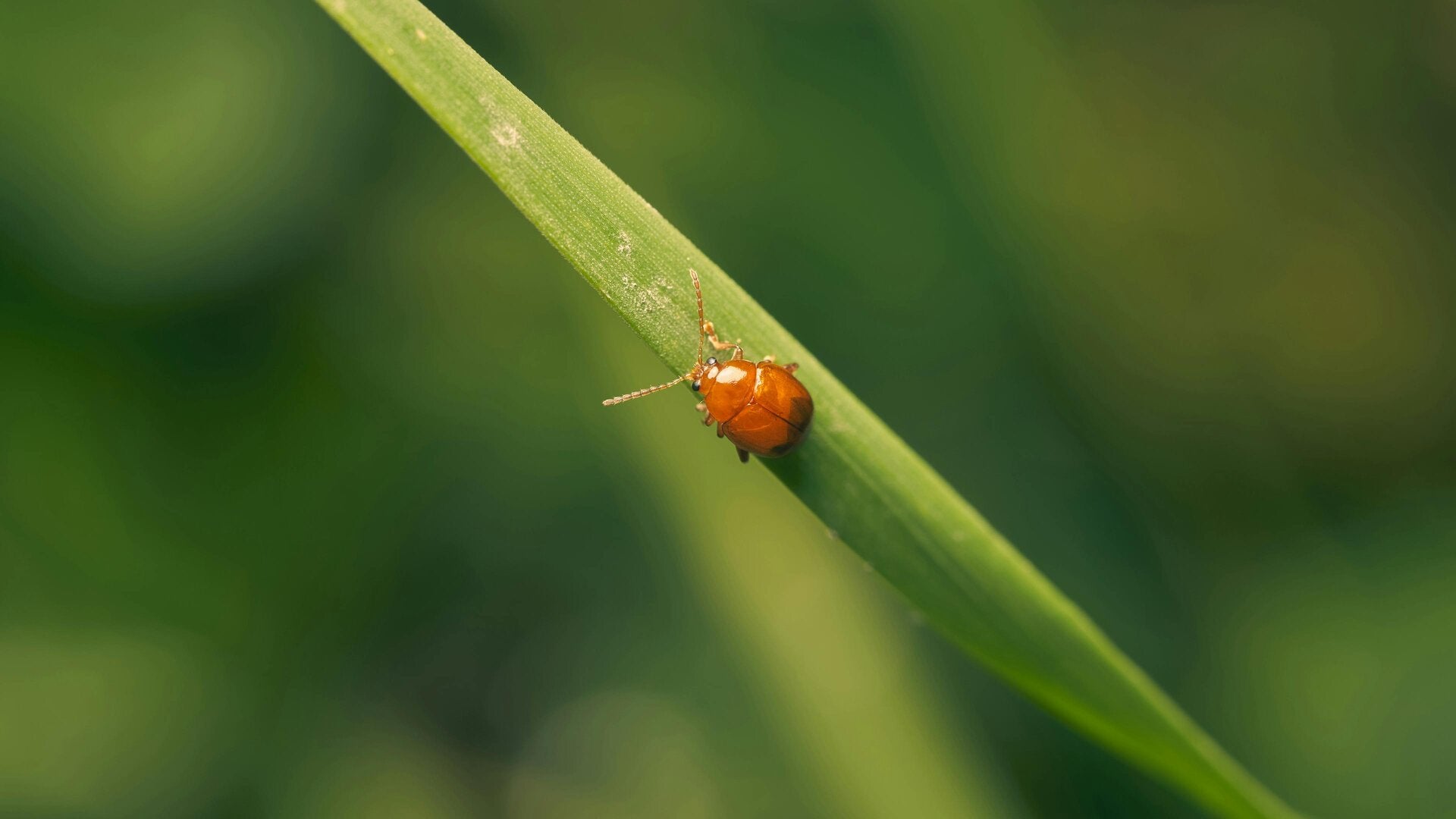Fleas & Ticks: What You Need to Know

Fleas:
-
Tiny, fast-moving parasites that feed on your pets’ blood.
-
Can cause itching, skin irritation, allergic reactions, and even transmit diseases.
-
Multiply quickly—one flea can lead to hundreds in your home if not treated.
Ticks:
-
Blood-sucking arachnids that attach to pets and humans.
-
Can transmit serious illnesses like Lyme disease and Rocky Mountain spotted fever.
-
Often found in tall grass, bushes, and wooded areas.
Prevention & Treatment:
-
Regular lawn treatments and pet-focused solutions can reduce infestations.
-
Keeping your yard clean, trimming grass, and removing debris helps limit hiding spots.
-
Professional flea and tick treatments protect your pets and family, ensuring a safe and enjoyable outdoor space.

Why Ticks Are a Growing Concern!
Ticks have become a bigger threat in recent years due to warmer winters and changing environments, which allow them to survive and reproduce more easily. They aren’t just a nuisance—they’re a serious health risk.

What Ticks Harm:
-
Pets: Ticks feed on your pets’ blood, causing irritation, anemia, and sometimes serious infections. They can transmit diseases like Lyme disease and ehrlichiosis.
-
Humans: Tick bites can transmit dangerous illnesses, including Lyme disease, Rocky Mountain spotted fever, and babesiosis. These illnesses can cause fever, fatigue, joint pain, and long-term health issues if untreated.
-
Yards & Outdoors: Ticks thrive in overgrown grass, leaf litter, and wooded areas, making your yard less safe for outdoor activities.
Why It’s Worse Now:
-
Expanding tick populations in new areas.
-
Longer seasons due to climate change.
-
Increased exposure to pets and people enjoying outdoor spaces.
Protection:
Professional lawn treatments, regular yard maintenance, and pet-focused preventative care are the best ways to reduce tick exposure and keep your family safe.